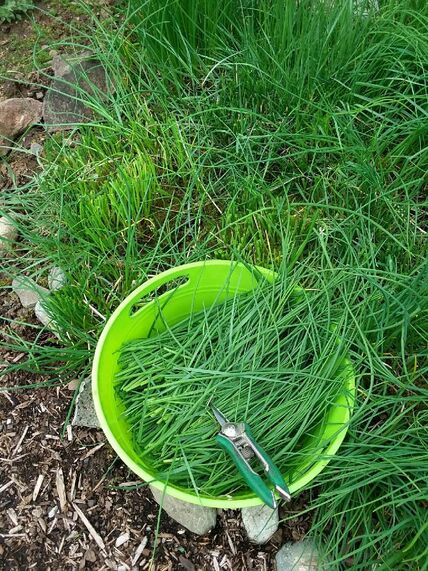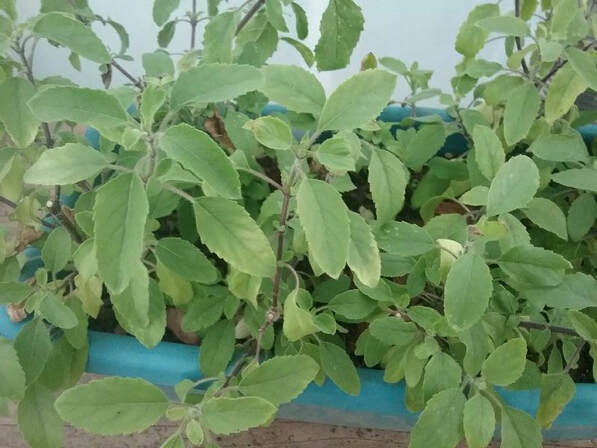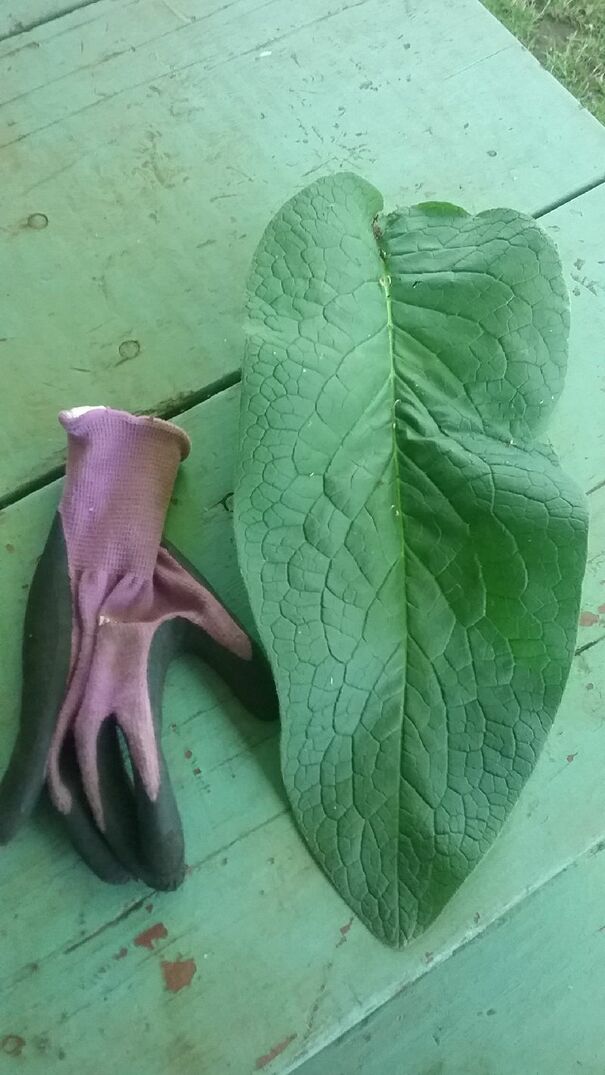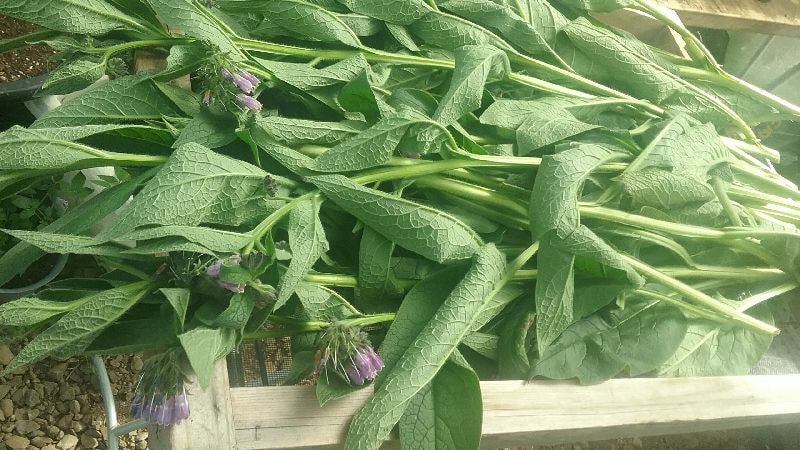Getting Ready to Spring into Action!
Herb plants are kind of stuck in one place, unless we move them, so consequently over time they use all the nutrients in their soil. To keep plants healthy and maintain growth for continued harvests, we have to help them have a good source of nutrients which means a shot of fertilizer. A great time for this nutrient shot is in spring which will officially occur this month, so read on to get all the info on how to renew our hardy herb friends with some nutrients.
In ground plants have been resting all winter and will begin putting on new growth as soon as the temperatures increase. Before they get growing too fast and the spring rains are gone, apply some fertilizer. This one time application should be enough unless you harvest frequently and water often. Then you might want to make a second application in mid-summer.
Comfrey and borage also make a fantastic liquid fertilizer. The large leaves and stems can be harvested, cut into pieces and stuffed into a 5 gallon bucket, covered with water and a lid. The herbs should be tightly pressed into the bucket – use a rock or old brick to help hold the plants down. Set aside, wait about 30 days, strain and use as a liquid fertilizer to water the soil under the herb plants. Just a caution—the first time the lid is removed there will be a very unpleasant odor. The tea is fine, that’s just how it smells. Dilute the finished tea 1 part to 15 parts water, and use to water the soil under any herbs. Try not to get it on the leaves, as sometimes it can burn the leaves of your growing herbs. This also gets the fertilizer down to your herb plants roots, where it will be the most useful. We loved this last summer and even got the kid to make it – he refused to help strain it once it was done – ha ha!
You can speed up the breakdown of the leaves in the bucket by adding a bit of molasses, up to 1 cup, to your tea mixture.
- Nettle: vitamins A, C, & K, calcium, magnesium, Sulphur, phosphate, phosphorus, potassium, boron, bromine, copper, iron, selenium and zinc.
- Parsley: vitamins A and C, iron, copper and manganese.
- Dandelion: vitamins A and C, calcium and potassium.
As we approach spring and warmer temperatures (surely it will happen soon!) help your herb plants have a healthy growing season with a nice dose of delicious fertilizer.




